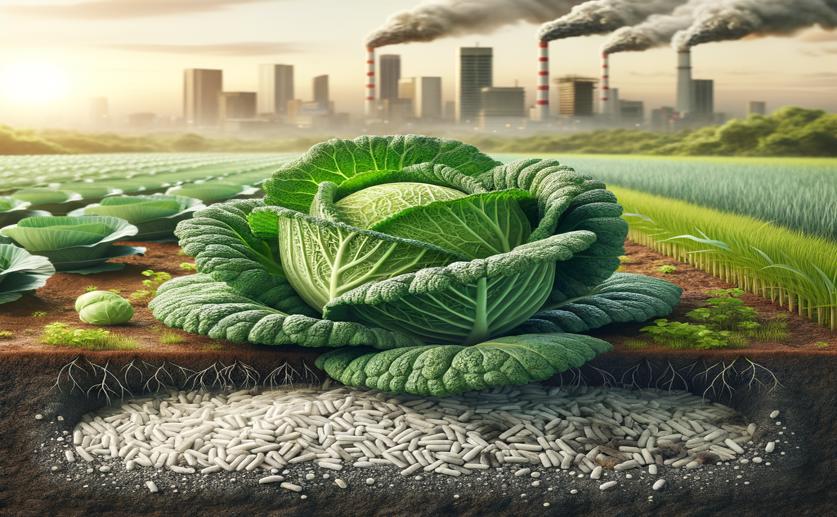
How Rice Husk Biochar Affects Fertilizer Emissions and Cabbage Growth
Jim Crocker
9th March, 2024

Image Source: Natural Science News, 2024
Key Findings
- In South Korea, neutral pH biochar reduced ammonia emissions from fertilized fields
- Basic pH biochar increased Chinese cabbage growth the most
- Biochar's effectiveness depends on its pH level, influenced by production methods
AgricultureEnvironmentPlant Science
References
Main Study
1) Pyrolysis temperature and time of rice husk biochar potentially control ammonia emissions and Chinese cabbage yield from urea-fertilized soils.
Published 8th March, 2024
https://doi.org/10.1038/s41598-024-54307-2
Related Studies
2) Biochar application can mitigate NH3 volatilization in acidic forest and upland soils but stimulates gaseous N losses in flooded acidic paddy soil.
3) Mitigating Ammonia and Greenhouse Gaseous Emission From Arable Land by Co-application of Zeolite and Biochar.
4) Effects of different feedstocks-based biochar on soil remediation: A review.



 27th January, 2024 | Mary Jones
27th January, 2024 | Mary Jones